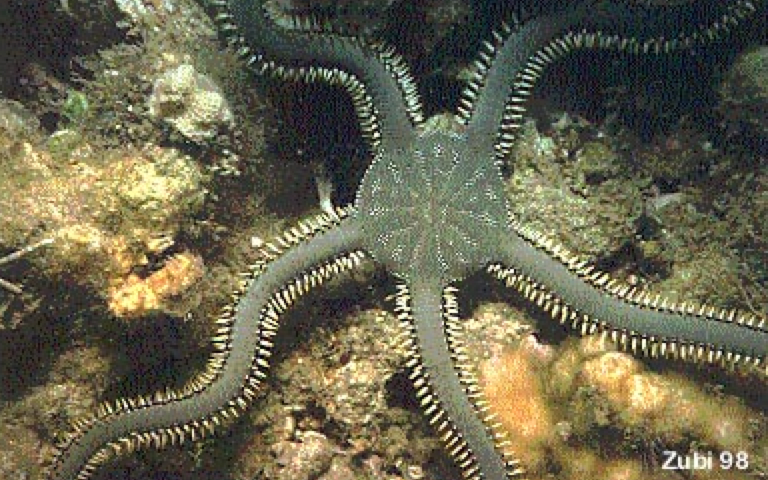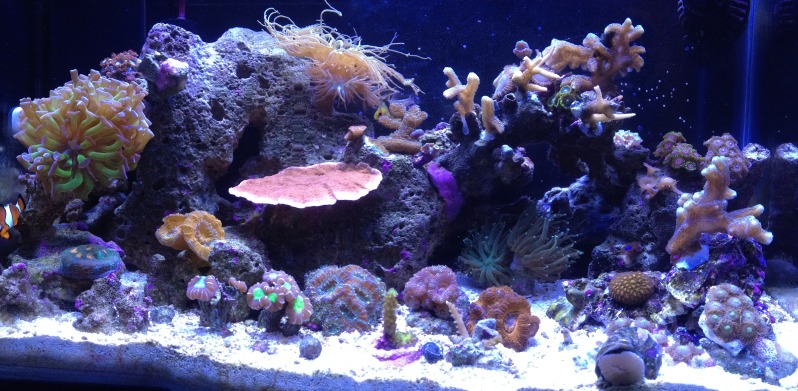Tegastes - Red Bugs that Kill Acropora Coral
Feature Article: An Aquarist's Experiences With A Species Of Acropora Parasites — Advanced Aquarist | Aquarist Magazine and Blog
Feature Article: An Aquarist's Experiences With A Species Of Acropora Parasites — Advanced Aquarist | Aquarist Magazine and Blog





















